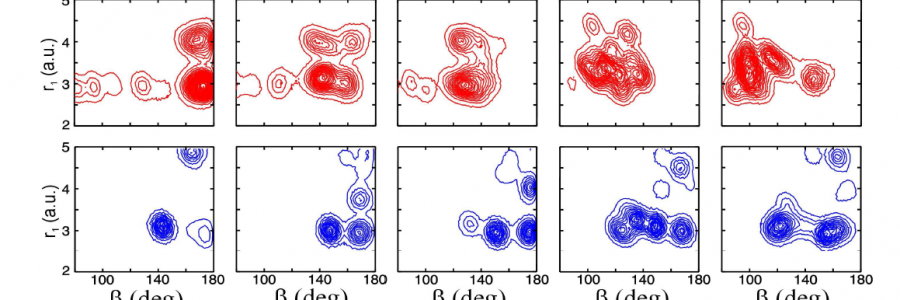Relativistic and QED Effects in the Fundamental Vibration of T2
Phys. Rev. Lett. 120, 163002 – Published 16 April 2018
The hydrogen molecule has become a test ground for quantum electrodynamical calculations in molecules. Expanding beyond studies on stable hydrogenic species to the heavier radioactive tritium-bearing molecules, we report on a measurement of the fundamental T2 vibrational splitting (v=0→1) for J=0–5 rotational levels. Precision frequency metrology is performed with high-resolution coherent anti-Stokes Raman spectroscopy at an experimental uncertainty of 10–12 MHz, where sub-Doppler saturation features are exploited for the strongest transition. The achieved accuracy corresponds to a 50-fold improvement over a previous measurement, and it allows for the extraction of relativistic and QED contributions to T2 transition energies.

